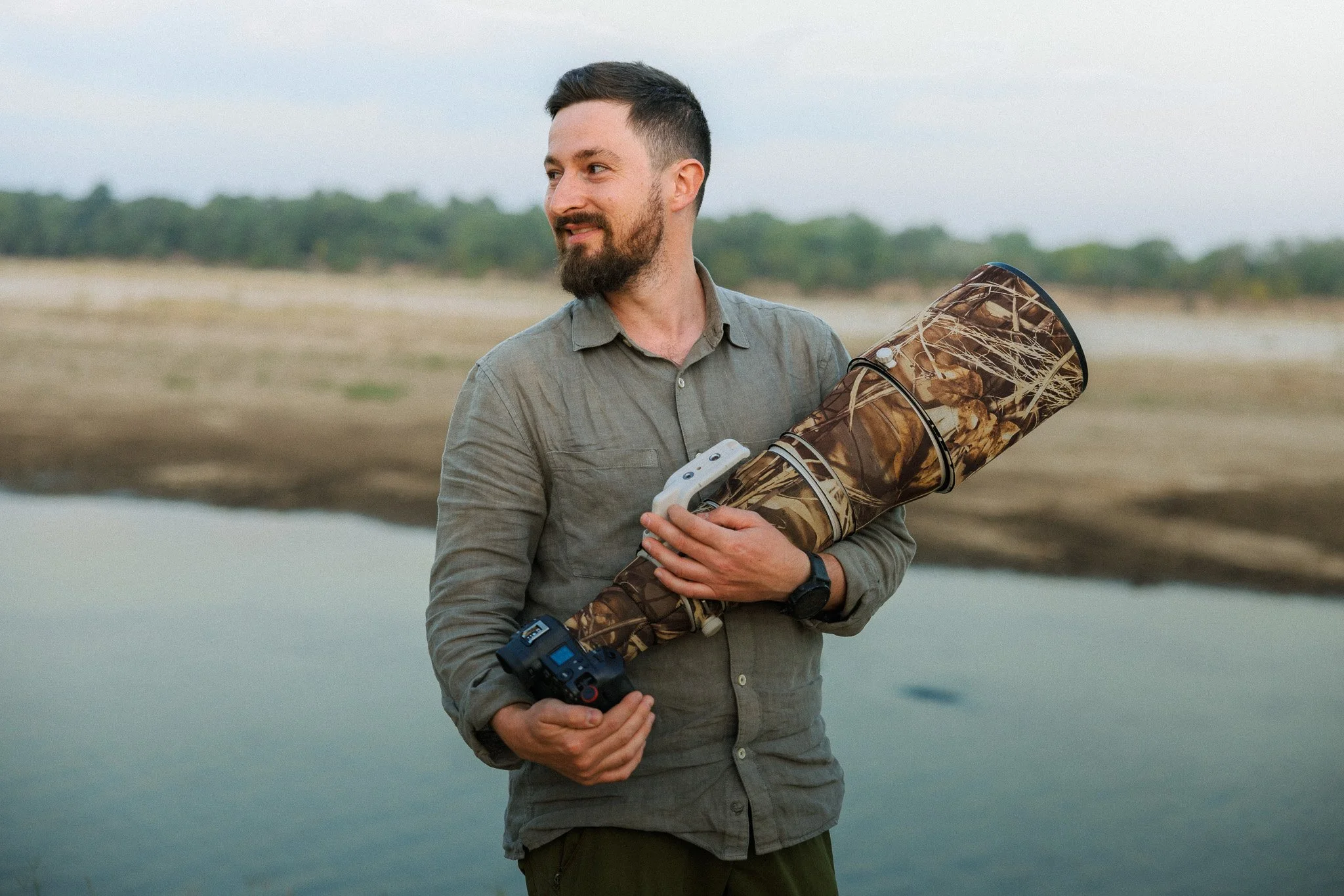Choosing the right wildlife lens can feel overwhelming, especially when you're gearing up for a big trip. If you're torn between packing a 600mm prime lens or a versatile 100-500mm zoom, you're not alone. Both are phenomenal tools — but each comes with different strengths, weaknesses, and trade-offs.
In this post, we'll dive deep into the pros and cons of both lenses, real-world field performance, and which one you should prioritize based on your photography goals. By the end, you’ll know exactly which lens deserves a spot in your bag.
Why This Matters
Wildlife moments are often fast, unpredictable, and challenging to frame. Having the right focal length and setup can mean the difference between nailing the shot or missing it altogether. To make an informed decision, you need to weigh image quality, flexibility, portability, and field practicality.
If you're new to thinking about how focal length impacts your wildlife photography, make sure you check out my guide: My Favorite Focal Lengths for Wildlife in 2025 – and Why.
600mm Prime Lens: The Unbeatable Heavyweight
Pros:
Exceptional image quality: Sharpness, contrast, and color rendition are simply unmatched.
Ultimate reach: Perfect for distant wildlife, especially in wide-open areas like Etosha or the Central Kalahari.
Beautiful background separation: With a wide f/4 aperture, your subject will pop against creamy, blurred backgrounds.
Cons:
Heavy and bulky: Harder to handhold for extended periods, often requiring beanbags or tripods.
Fixed focal length: No zoom flexibility; you're stuck with the frame you get.
Expensive: A 600mm prime is a serious financial investment.
In static environments, like photographing predators at a waterhole during the dry season, the 600mm is king. But what happens when you need more adaptability?
Not familiar with safari seasons? Learn more in Best Time to Visit Africa for Photography - full article here!
100-500mm Zoom Lens: The Adaptability King
Pros:
Massive focal length flexibility: Zoom from 100mm to 500mm without switching lenses.
Lightweight and manageable: Easy to handhold for hours, even while tracking moving subjects.
Affordable compared to primes: A great way to cover a huge range without breaking the bank.
Incredible field efficiency: Perfect when animals come closer than expected or when you want to include more environment in your storytelling.
Cons:
Slightly less sharpness at 500mm: Still excellent, but doesn't match a prime's edge-to-edge sharpness.
Variable aperture: Aperture narrows as you zoom in (f/4.5-7.1 on the Canon 100-500mm), meaning less light at full zoom.
When photographing fast-moving animals, flexibility often outweighs minor image quality gains. Having a zoom lens also makes it easier to quickly adapt your framing — especially during a spontaneous moment. To maximize your action shots even further, don't miss my tip on Using Servo and One-Shot AF at the Same Time.
Real-World Field Scenarios
Let's say you're on a game drive in Botswana's Savute region. At one moment, you're photographing an elephant herd from 200 meters away — the next, a pack of wild dogs darts right past your vehicle.
With a 600mm prime, you might struggle to frame the fast-moving, close-range action without cutting off limbs or missing the shot entirely.
With a 100-500mm zoom, you can quickly pull back to 150-200mm, adjust composition, and stay in the moment.
This difference becomes even more pronounced during unpredictable events — exactly why my Safari Camera Bag always includes a zoom lens.
See my full safari packing list with explanations of all the pieces of gear I travel with!
Which Lens Should You Pack?
If you can only bring one wildlife lens, I strongly recommend a flexible zoom like the Canon 100-500mm.
Here’s why:
You’ll capture a wider variety of shots.
You’ll react quicker to fast-changing scenes.
You'll be better equipped for everything from distant cheetahs to close-up elephants.
You’ll travel lighter — especially if you're shooting handheld.
Of course, if you're building a two-lens wildlife kit, the 600mm prime remains an unbeatable tool for focused, long-range work. But if you have to choose only one lens, versatility wins.
Other excellent zoom options worth considering:
Sony 200-600mm f/5.6-6.3 G OSS — A fantastic value and reach combo.
Nikon 180-600mm f/5.6-6.3 Z — Sharp, affordable, and newly designed for mirrorless.
Sigma 150-600mm f/5-6.3 DG DN OS Sports — Budget-friendly with great image quality.
Zooms are becoming increasingly popular among ethical photographers too, because they allow you to maintain distance without stressing wildlife.
Learn more in Ethical Wildlife Photography: 7 Rules Every Photographer Should Follow.
Final Takeaway
Choosing the right wildlife lens isn’t just about sharpness or brand loyalty. It's about:
Flexibility
Field performance
Real-world shooting conditions
Your creative vision
If you're gearing up for your next adventure, my honest advice is: choose versatility first. And if you're curious about how these lenses perform across real-world safari conditions, don't miss joining me on one of my upcoming trips!















